
DAWs
Unlock the Soundscapes of Your Imagination: Embark on a Journey with Digital Audio Workstations (DAWs)
Chasebeatz
6/24/20235 min read
Introduction

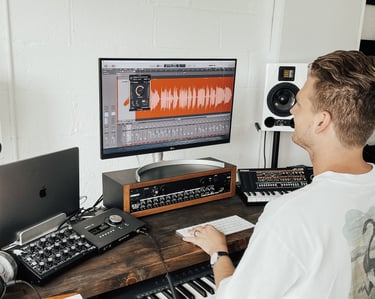
In the ever-evolving landscape of music production, Digital Audio Workstations (DAWs) serve as the cornerstone of creativity, providing artists with the tools to shape their musical visions into reality.
In this thorough music production review, we will dive into the world of DAWs, exploring their essential features, highlighting their significance, and guiding you through the intricacies of using these remarkable software platforms.
Whether you're a beginner or a seasoned professional, this comprehensive overview will equip you with the knowledge to make an informed choice and harness the true potential of DAWs.
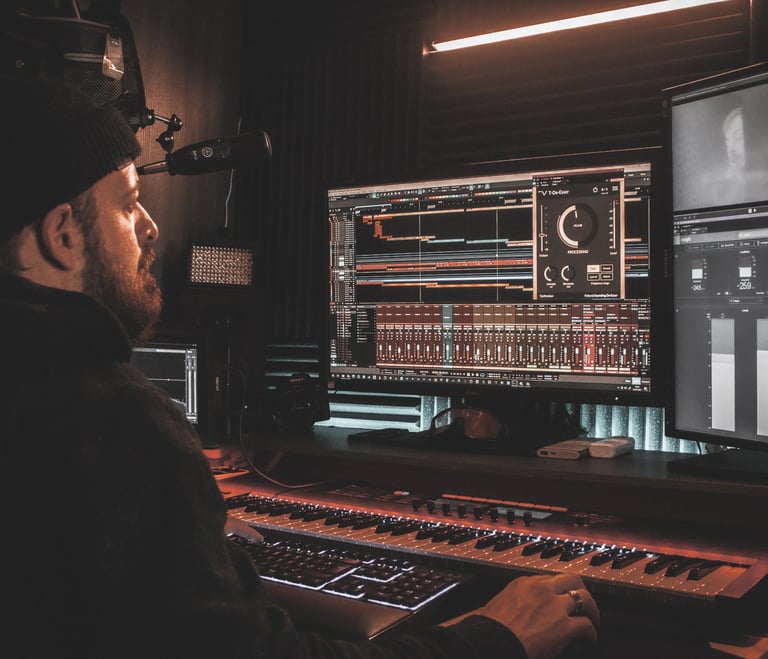

Understanding the Role of DAWs:
A DAW is a comprehensive software package that serves as your virtual studio, enabling you to record, edit, mix, and produce music.
These multifaceted platforms bring together essential components like audio recording, MIDI sequencing, virtual instruments, effects, and mixing tools.
empowering you to create professional-grade tracks without the need for extensive physical hardware.
Key Components and Functionality:
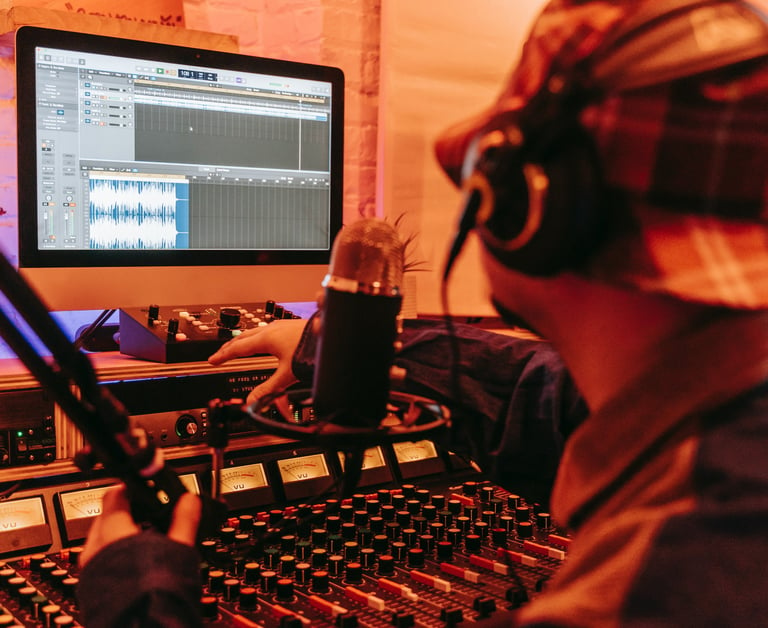

Audio Recording:
DAWs provide the ability to capture audio from external sources or record directly within the software. The recording interface allows you to control levels, apply effects in real-time, and capture multiple takes for seamless comping.
MIDI Sequencing:
DAWs excel in MIDI capabilities, allowing you to create melodic and rhythmic patterns using virtual instruments or external MIDI controllers. The piano roll editor enables precise note manipulation, while quantization and groove features enhance timing and feel.
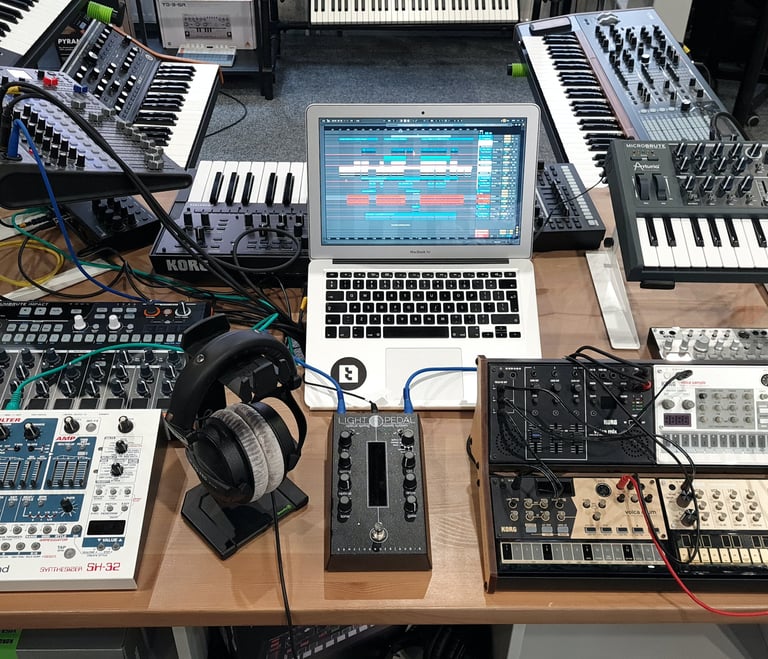

Virtual Instruments and Effects:
DAWs offer an extensive library of virtual instruments, including sampled sounds, synthesizers, drum machines, and more. Additionally, a wide range of effects plugins allows you to shape and sculpt your sound, providing limitless creative possibilities.
Mixing and Automation:
The mixing environment within a DAW allows you to balance levels, apply EQ and dynamics processing, pan instruments across the stereo field, and create spatial effects. Automation features enable precise control over parameters, resulting in dynamic and polished mixes.
Importance of Workflow and User Interface:


The user interface and workflow of a DAW greatly impact your productivity and creativity.
A well-designed interface should be intuitive, customizable, and visually pleasing.
Features like drag-and-drop functionality, keyboard shortcuts, and project organization tools contribute to a fluid workflow.
ensuring you can focus on the music rather than technical hurdles.
Furthermore, DAWs support various file formats, allowing for seamless import and export of audio files.
They also provide project management features, enabling users to organize and archive their work efficiently.
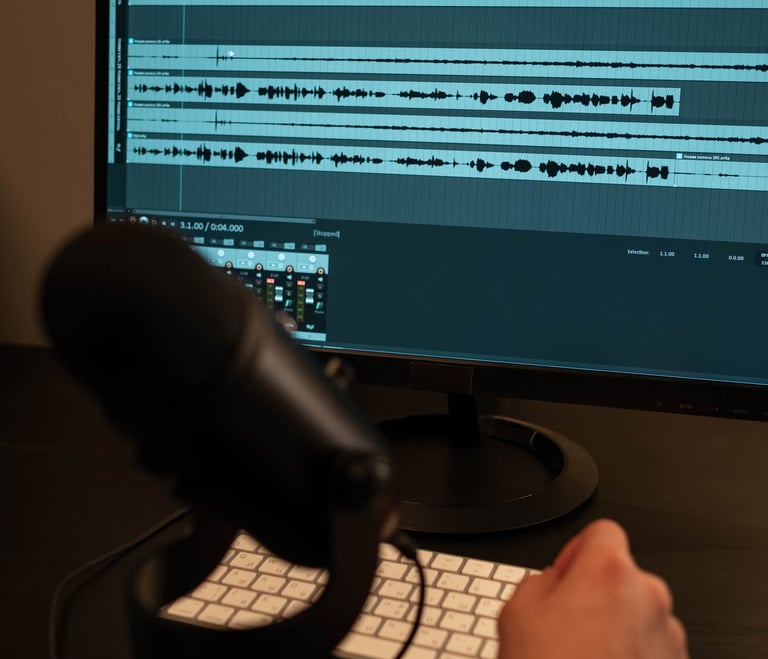

DAWs come equipped with a wide selection of virtual instruments and sound libraries.
These include sampled instruments (such as pianos, guitars, and orchestral instruments) as well as synthesizers, drum machines, and samplers.
These virtual instruments offer a vast range of sounds and textures, empowering users to create unique and expressive musical compositions.
To shape and enhance the audio, DAWs provide a multitude of effects plugins.
These include equalizers, compressors, reverbs, delays, modulation effects, and more.
Effects can be applied to individual tracks, buses, or the overall mix, allowing for precise control over the sonic characteristics of the music.
One of the fundamental aspects of DAWs is MIDI sequencing, which allows users to create musical compositions using virtual instruments or external MIDI controllers.
This functionality provides the ability to arrange and edit individual notes, control various parameters, and create complex musical arrangements. DAWs have become the standard tool for music production in the digital era, offering immense creative possibilities and flexibility.
They cater to artists across genres, from electronic music producers to singer-songwriters, providing a digital canvas to shape musical ideas into complete compositions.
Popular DAWs and Their Unique Advantages:

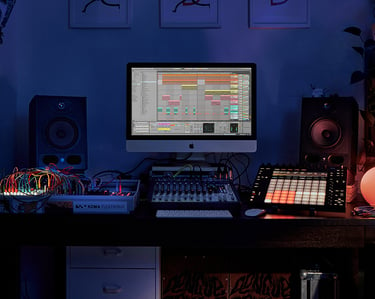
Ableton Live: Known for its session view and real-time performance capabilities, Ableton Live is favored by electronic music producers and live performers seeking an intuitive and dynamic workflow.
Logic Pro: Developed by Apple, Logic Pro offers seamless integration with macOS, an extensive library of virtual instruments, and a comprehensive set of mixing and mastering tools, making it a top choice for Mac users.
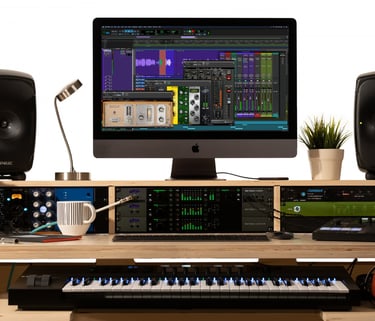

Pro Tools: Widely used in professional studios, Pro Tools excels in audio recording, editing, and mixing. Its robust hardware compatibility, industry-standard plugins, and collaboration features make it a go-to DAW for professional audio engineers.
FL Studio: With a user-friendly interface and a focus on loop-based composition, FL Studio appeals to beginners and electronic music producers. It offers a vast collection of virtual instruments, effects, and a step sequencer for creating catchy beats.
Studio One: Studio One combines powerful features with an intuitive interface, making it suitable for both beginners and professionals. Its advanced recording and editing tools, extensive virtual instruments, and seamless arrangement and mixing capabilities make it a standout choice.


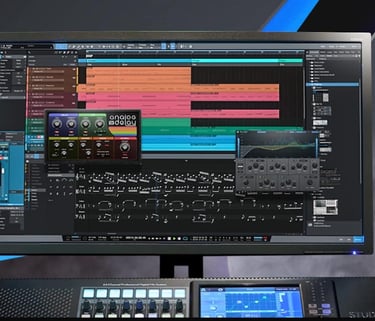

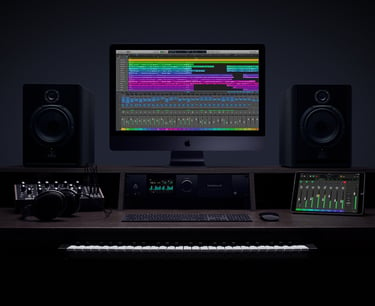

In conclusion, DAWs have become indispensable tools for modern music production. Their versatility, accessibility, and user-friendly interfaces empower artists to explore new horizons, experiment with sound, and shape their musical landscapes.
Whether you're a solo artist, part of a band, or involved in multimedia production, embracing the power of DAWs opens up a world of endless possibilities, allowing you to create, innovate, and connect with your audience on a deeper level.
So, embrace the DAW revolution and embark on your sonic journey today. The world of music awaits your creative genius.
It's important to note that different DAWs may have specific features, workflows, and strengths, catering to different user preferences and musical requirements. The choice of a DAW often depends on factors such as the user's skill level, desired workflow, genre focus, and compatibility with their operating system and hardware setup.
Thank you for joining us on this journey through the world of Digital Audio Workstations (DAWs). In our upcoming blog post, we are thrilled to present an in-depth analysis of one of the most acclaimed DAWs in the industry: Fl studio
Stay Tuned for the Next Installment!!
June 28th
Get connected
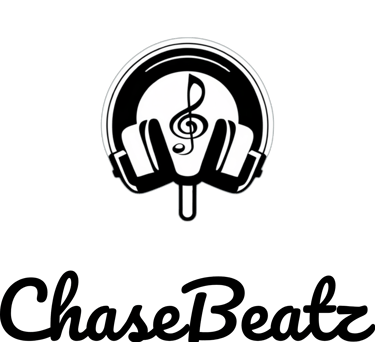

ChaseBeatz is a budding music production business dedicated to crafting dynamic and engaging beats for emerging artists. With a focus on providing affordable and high-quality productions, ChaseBeatz helps aspiring musicians bring their creative visions to life, offering a solid foundation for their musical journey.
